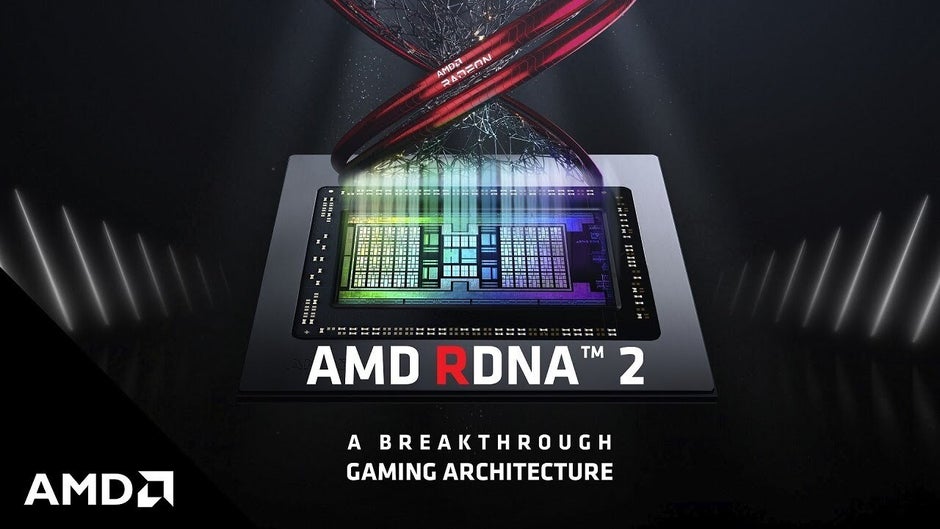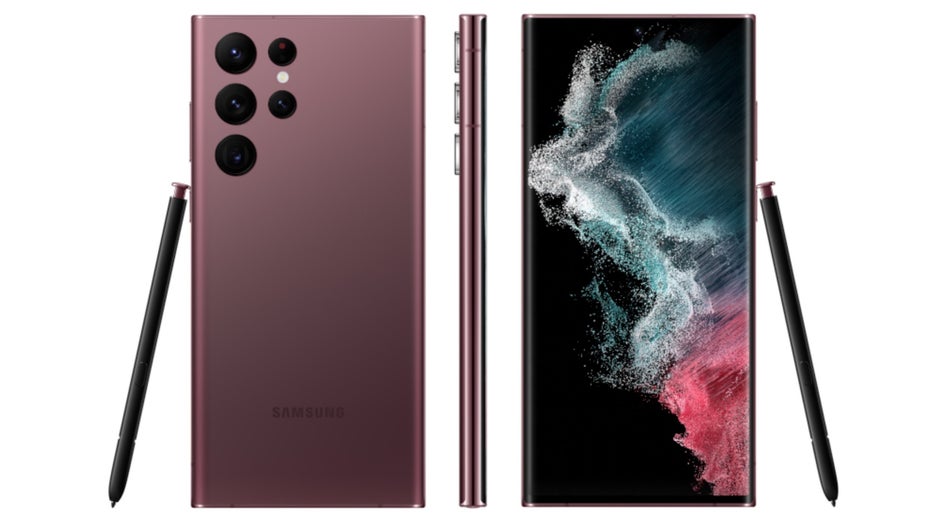Samsung’s new ambitious Exynos 2200 flagship SoC is delayed. Samsung had promised that the ARM processor with integrated AMD RDNA2 graphics was meant to debut earlier this week. This didn’t happen.
In fact, in the past few hours, a circulating rumor claimed Samsung might even be forced to launch the Galaxy S22 series of phones with the Snapdragon 8 Gen 1 chipset in all parts of the world. This is rather confusing, since the same source from Twitter, claimed “there are no problems with the Exynos 2200 processor” just two days ago. Now he claims “Exynos 2200 (Galaxy S22) copies were canceled”.
As wonderful as a Snapdragon–only Galaxy S22 might sound to European and Korean users, such an outcome certainly isn’t surefire. Samsung’s strategy to use Exynos chips in the old continent and the homeland while equipping units sold in the rest of the world with the Snapdragon counterpart has been ongoing since forever.
And yesterday, Samsung seemingly killed the hopes for a Snapdragon-only S22 by announcing that it’s planning to unveil the new Exynos 2200 at the same event as the Galaxy S22 series, denying claims for “problems with the production and performance”. The report comes from Business Korea.
Still, this doesn’t exactly sound like “we’ll launch a Galaxy S22 with an Exynos chipset right away”, so there’s a possibility that the Exynos and AMD version of the Galaxy S22 might simply arrive a bit later.
Snapdragon 8 Gen 1 vs Exynos 2200: A surprising win for Samsung or a double failure for Android?

While Exynos and Snapdragon processors are somewhat comparable when it comes to design and benchmarks, it’s been proven over the years that Qualcomm’s SoCs often outperforms Samsung’s Exynos equivalent when it comes to:
- Sustained performance
- Heat dissipation
- Battery life
- Photo and video quality
If we assume the Exynos 2200 will indeed happen, we can hope that the new AMD graphics with support for ray tracing (mainly useful for games) will elevate Samsung’s in-house chip to new heights, while being able to at least keep up with the Snapdragon 8 Gen 1 in terms of the categories listed above.
Actually, the reason why European, South Korean, and really all Samsung fans out there should be happy is because the Galaxy S22, S22+, and S22 Ultra delay might just help Samsung get enough time to optimize the devices before starting to ship them. If they do, of course.
Snapdragon 8 Gen 1 early test: Underutilized and… too hot?
Early reports from the first Snapdragon 8 Gen 1-powered smartphone – the Motorola Edge X30, show that the phone comes with lackluster camera performance (photo and video) and even a lack of 60fps video recording.
This makes no sense since Qualcomm’s new Snapdragon 8 Gen 1 chip is supposed to elevate smartphone photography for things like low-light performance, HDR, and not just 4K 60fps video recording, but true 8K. It seems like Motorola didn’t have enough time or will to implement these new features out of the box.
On top of all, early Edge X30 performance tests show higher temperatures than older Snapdragon models, as well as Apple’s A15 Bionic, powering the iPhone 13. Bear in mind that this phone is currently only available in China, but should make its way to other parts of the world very soon.
Galaxy S22, S22+, and S22 Ultra: Optimizing the Snapdragon 8 Gen 1 and Exynos 2200 will be key

Back to Samsung.
If the Galaxy S21 Ultra is any indication, we certainly don’t expect the Galaxy S22 Ultra to deliver an underwhelming camera experience. In fact, Samsung is probably the only company that makes the most out of Qualcomm’s chips. It’s not a coincidence that Samsung’s flagships are known to pack a rather overwhelming set of features that many users don’t even get to use. However, in order to do that, the company needs to spend enough time with the new processor.
Moreover, software optimization also plays a huge role in delivering a smooth user experience on launch. You can think of the smartphone chip as a car engine. It can be used to power a dozen different models, but the final product will be a representation of what’s built around the horsepower.
All Android phone-makers that have chosen to use it get the same Snapdragon 8 Gen 1 chip. Manufacturers make their own choice of which features to take advantage of (implement), and which ones to leave out. In fact, even if they do decide to implement 8K video or a more advanced Night Mode, how useful would that be if the camera app isn’t optimized and crashes after a few minutes of recording? Or how amazing would the Exynos 2200’s AMD-enabled ray tracing tech be if the phone overheats due to poor heat dissipation?
Galaxy S22 series: Beautiful new designs matter only when combined with great performance (from the inside)

Samsung’s Galaxy S21 series of phones were unveiled on January 14, back in 2021, just two days after the chip that powered them – the Exynos 2100 was shown off. This year Samsung either isn’t in a hurry or the company really is experiencing some issues with getting maximum performance out of its own Exynos 2200. Either way, we’ll find out soon.The exciting Galaxy S22 series launch event is reportedly scheduled for February 8. Until then, we expect to see even more new Android phones running on Qualcomm’s Snapdragon 8 Gen 1 chip, and we might be lucky to test some of them and give you our early impressions.
But the main point here is – the Galaxy S22 series delay might actually be a good thing. What matters is that we get a stable set of Galaxy flagships right out of the box. As mentioned earlier, the AMD RDNA2 GPU in the Exynos 2200 promises to elevate gaming performance, but the important question is – will it be able to sustain it? Then, will the Snapdragon 8 Gen 1 version of the Galaxy S22 be able to do the same? Will there be an Exynos version of the S22? Probably. Let’s wait and see.
The Samsung Galaxy S22 and S22+ are expected to bring a beautiful new (finally) symmetrical front design and keep the S21-inspired rear aesthetic. On the other hand, the Galaxy S22 Ultra promises to be a true S21 Ultra and Note monster, with a built-in S pen, boxy form factor, and an elegant rear look.
Exynos or Snapdragon, let’s hope Samsung’s new flagships will be as great on the inside as they look to be on the outside.

